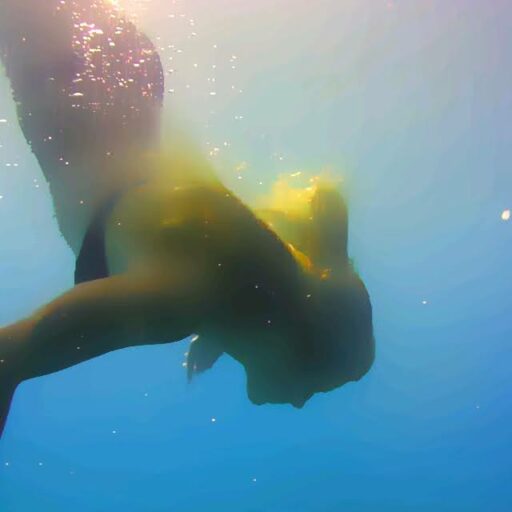
A Practice Combining Mindfulness and Aquatic Activities:
- Developed by Giancarlo De Leo, Aquawareness uses the experience of being in water as a meditative practice. It emphasizes body sensations, perceptions in the water, floating, balance, diving control, and natural swimming to foster a deeper connection with oneself and the element of water.
- It’s described as tapping into the emotional, spiritual, and intuitive aspects of water, potentially leading to deeper states of consciousness and emotional release.
- Practices within this concept can include developing awareness of internal and external experiences in water, cultivating physical awareness and coordination in swimming, learning rescue skills to enhance focus and compassion, and using the sensory experiences of water in Vipassana meditation.
- Let’s delve deeper: Aquawareness as a practice combining mindfulness and aquatic activities, developed by Giancarlo De Leo.
- This “Aquawareness” is more than just swimming; it’s a conscious and mindful engagement with the aquatic environment. Here’s a breakdown of its key aspects:
- Core Idea:
- It uses the sensory experience of being in water as a pathway to heightened self-awareness, emotional understanding, and even spiritual connection.
- The water becomes a medium for meditation, allowing for a unique focus on bodily sensations and perceptions.
- Key Principles and Practices:
- Body Awareness: A central element is paying close attention to the physical sensations in the water – how the water feels against the skin, the sense of buoyancy or resistance, the movement of limbs, and the feeling of balance.
- Breath Awareness: Similar to traditional mindfulness practices, attention to the breath is crucial. This includes noticing the rhythm of breathing while swimming or floating, and how the water influences the breath.
- Floating and Immersion: Utilizing the unique properties of water, such as the ability to float effortlessly or the sensation of being submerged, to explore feelings of release, weightlessness, and a different relationship with gravity.
- Movement and Stillness: The practice incorporates both mindful movement (like conscious swimming) and moments of stillness in the water to observe internal states without judgment.
- Developing Natural Swimming: Encouraging a way of moving through the water that is intuitive and connected to the body’s natural responses, rather than focusing solely on technique for speed or efficiency.
- Incorporating Rescue Skills: Learning rescue techniques is seen as a way to cultivate focus, presence, and a sense of responsibility and compassion within the aquatic environment.
- Connection to Emotions: The water is believed to tap into deeper emotional layers, potentially facilitating emotional release and a greater understanding of one’s feelings.
- Spiritual Dimension: For some, Aquawareness can lead to a sense of connection with the element of water itself, fostering a feeling of unity and expanded consciousness.
- Integration with Meditation: Elements of Vipassana (insight meditation), which emphasizes observing phenomena without judgment, are often integrated into the practice, using the sensory input from the water as the object of observation.
- Giancarlo De Leo’s Perspective:
- De Leo views Aquawareness as a “floating meditation.”
- He emphasizes the primal connection humans have with water, recalling the experience in the amniotic fluid.
- He suggests that in water, the usual distractions of daily life can recede, allowing for a more direct experience of oneself.
- He believes that learning to move in water consciously can unlock a deeper understanding of our physical and emotional selves.
- In essence, Aquawareness as defined by Giancarlo De Leo is a holistic practice that uses the unique environment of water to cultivate mindfulness, self-awareness, and a deeper connection to both our inner selves and the natural world. It’s about transforming the act of being in water into an opportunity for profound personal exploration and growth.
